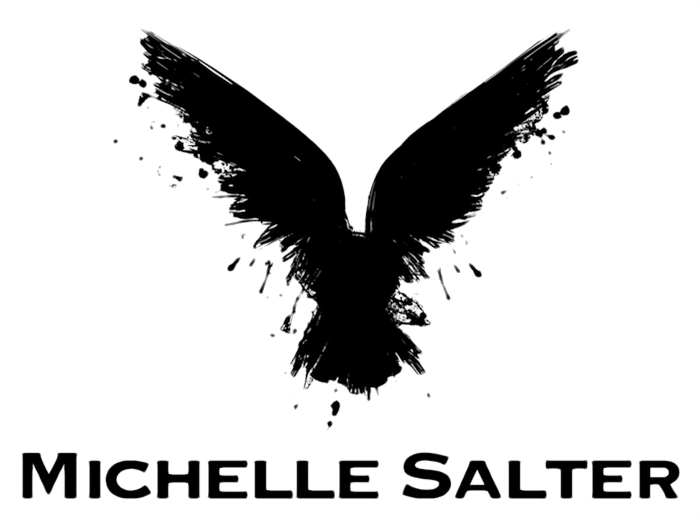The Indian Princess Suffragette, Sophia Duleep Singh
Princess Sophia Duleep Singh (1876 -1948), pictured above, was the daughter of deposed Maharaja Duleep Singh and goddaughter of Queen Victoria. She was born in Belgravia in 1876 and spent her early childhood in Elvedon Hall in Suffolk.
Her father rebuilt the Hall with an Italianate exterior and palatial Mughal interior filled with luxurious textiles and furnishings. Exotic animals and birds, including golden pheasants, parrots and peacocks, could be seen in the gardens, and the family enjoyed English aristocratic pursuits such as riding and shooting.

However, this changed when Sophia’s parent’s relationship ended, and the Maharaja spent his final years in Paris, campaigning to return to the throne of Lahore. When Sophia’s mother died in 1887, Queen Victoria appointed Arthur Craigie Oliphant as guardian to Sophia and her sisters.
On her father’s death, Princess Sophia inherited a sizeable fortune, and in 1896, Queen Victoria gave her Faraday House, part of the Hampton Court Estate, as a grace and favour residence. She was also granted a £200-a-year allowance to maintain it.
Princess Sophia joined the Women's Social and Political Union (WSPU) in 1909 and was often seen selling The Suffragette newspaper outside Hampton Court Palace. As well as campaigning and fundraising for women’s rights, she also belonged to the Women’s Tax Resistance League, whose slogan was ‘No Vote, No Tax’. As a result of her refusal to pay tax, she had valuable possessions impounded and was prosecuted several times.

On 18 November 1910, alongside Emmeline Pankhurst and Dr Elizabeth Garrett Anderson, she led a 400-strong march from Caxton Hall to Parliament Square, where they demanded to see the Prime Minister.
The Prime Minister refused to see them, and the Home Secretary ordered their expulsion. But the protestors refused to disperse, and police treated them brutally. In a demonstration that lasted over six hours, 200 women were physically and sexually assaulted. Two women later died from their injuries. The day became known as Black Friday.
Princess Sophia was involved in the clashes and rescued a fellow suffragette from the assault of a police officer. The Princess pursued the officer to ascertain his identity so she could make a formal complaint, which stated: "The policeman was unnecessarily and brutally rough, and Princess Sophia hopes he will be suitably punished."
The WSPU suspended activity during the First World War to support the war effort. In 1915, Princess Sophia joined 10,000 women on a Women's War Work Procession led by Emmeline Pankhurst to protest against the prohibition of a female volunteer force.
During the war, Princess Sophia helped thousands of Indian soldiers and Lascars fighting for the Allied Powers. In 1916, she and other Indian women raised money for the Red Cross, selling Indian flags at Dewar House in Haymarket as part of the 'Our Day' celebration of the anniversary of the British Red Cross.

Princess Sophia also volunteered as a British Red Cross Voluntary Aid Detachment nurse, serving at an auxiliary military hospital from October 1915 to January 1917, tending to wounded Indian soldiers evacuated from the Western Front.
After the war, Princess Sophia joined the Suffragette Fellowship and remained a member until her death. During the Second World War, she moved to Coalhatch House in Buckinghamshire, where she housed evacuees from London.
When she was asked about her interests for her entry in Who’s Who, she said: ‘The advancement of women’.
Princess Sophia died in her sleep on 22 August 1948. On her instructions, she was cremated according to Sikh rites and her ashes taken to India.
On 15 February 2018, the Royal Mail issued a commemorative stamp set "Votes for Women" with Princess Sophia depicted on the £1.57 stamp selling The Suffragette newspaper. Her name and picture, alongside 58 other women's suffrage supporters, can be seen on the plinth of the statue of Millicent Fawcett unveiled in April 2018 in Parliament Square in London.

